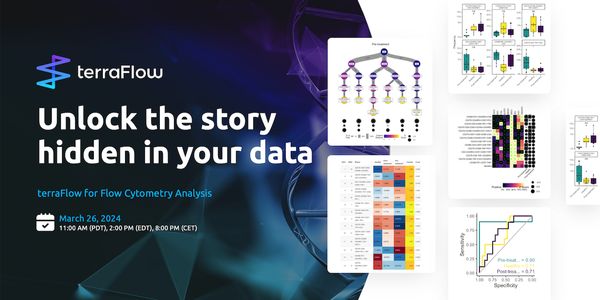-
Lisa Ryden, MD, PhD
Professor i Kirurgi, Lund University, Medical Faculty, dept of Clinical Sciences Lund, div of Oncology and SurgeryBIOGRAPHY
At time of diagnosis of metastatic disease, a biopsy of the metastatic lesion is recommended to confirm diagnosis and as a basis for systemic treatment decision. Numerous papers have reported discrepancy between routinely used biomarker status of the primary tumor and corresponding metastases in a relatively large proportion of patients, but less is known about gene expression profiles throughout tumor progression. Differences between biomarker status of the primary tumor lesion and its metastasis could be a major cause of treatment failure, and the molecular alterations that occur during tumor progression are still incompletely described. The main objective of this study was to use tumor specimens collected from a prospective observational trial to determine the PAM50 breast cancer intrinsic subtype in matched pairs of tumor samples from primary tumor (PT), synchronous lymph node metastases (LNMs), and distant metastases (DMs), to investigate if subtype classification changes during tumor progression, and the putative implication of a shift in inherence on prognosis. RNA was isolated from archival formalin-fixed, paraffin-embedded tumor tissue from newly diagnosed metastatic breast cancer patients (N=156) enrolled in the CTC-MBC trial (NCT01322893), and run with the NanoString Breast Cancer 360 assay on the NanoString nCounter Sprint Profiler. PAM50 breast cancer intrinsic subtyping analysis was completed at NanoString, and the statistical analysis at Lund University. Exact McNemar tests and exact tests of symmetry were used to compare subtype inherence at two locations, i.e. matched pairs of PTs and LNMs or DMs. RNA from 143 patients was evaluable. A PAM50 breast cancer intrinsic subtype could be assigned to 124 PT samples, 68 synchronous LNMs and 76 DMs (Table 1), of which 59 and 63 had paired data, respectively. The evidence for a difference in PAM50 breast cancer intrinsic subtype between matched pairs (PT and LNM; PT and DM) was generally strong (Table 2). A PAM50 conversion was seen in 21/59 (36%) cases considering the luminal A vs non-luminal A subtype between matched pairs of PT and LNM, 17/21 (81%) of which changed from luminal A to non-luminal A subtype (P=0.007). In matched pairs of PT and DM a PAM50 conversion was seen in 27/63 (43%) cases comparing the luminal A vs non-luminal A subtype, 25/27 (93%) of which changed from luminal A to non-luminal A subtype (P<0.001). The present study shows that PAM50 breast cancer intrinsic subtype is not stable throughout tumor progression. A significant shift towards a non-luminal A subtype profile was observed in both LNMs and DMs. The shift towards a non-favorable subtype from PT to DM confirms previous data on biomarker status, whereas the significant shift towards a non-luminal A subtype in LNM has to our knowledge not previously been described. Survival analysis is ongoing on the prognostic implication of a shift in PAM50 breast cancer intrinsic subtype.
Please update your information
Certificate of Attendance
DOWNLOAD CERTIFICATE
Finish Registering
-
APR 30, 2024Immuno-Oncology Virtual Event Series 2024
-
MAY 07, 20243rd International Biosecurity Virtual Symposium
-
SEP 03, 2024Microbiology Week Virtual Event Series 2024
- See More
-
APR 18, 2024
- See More












































